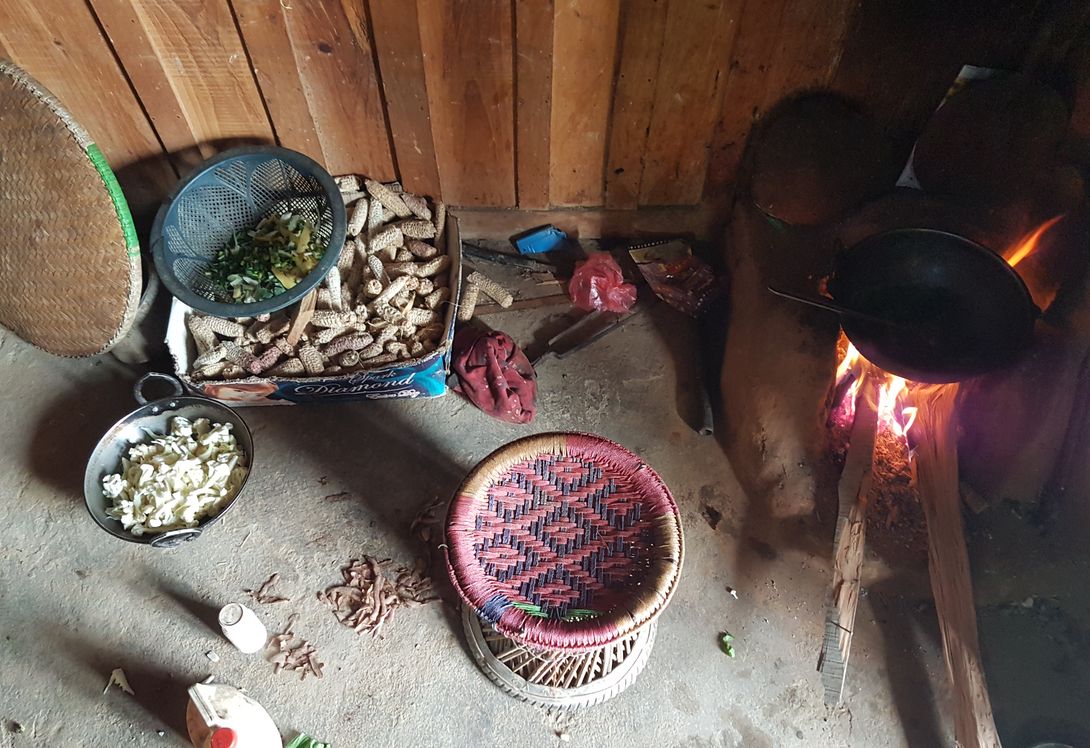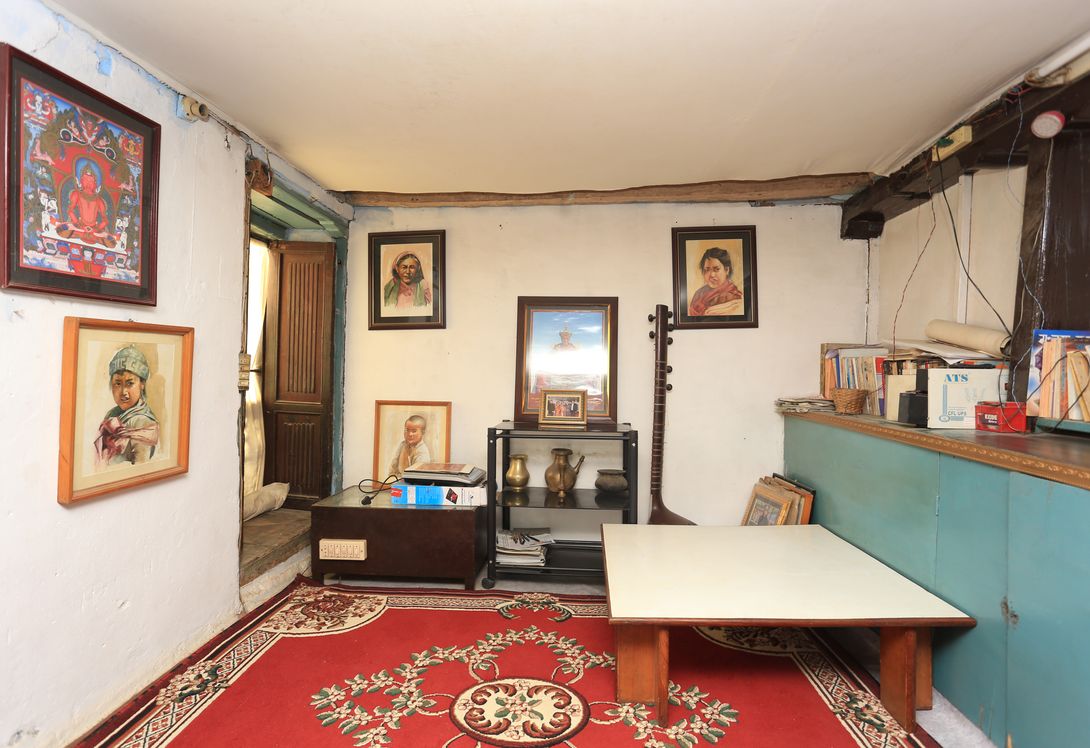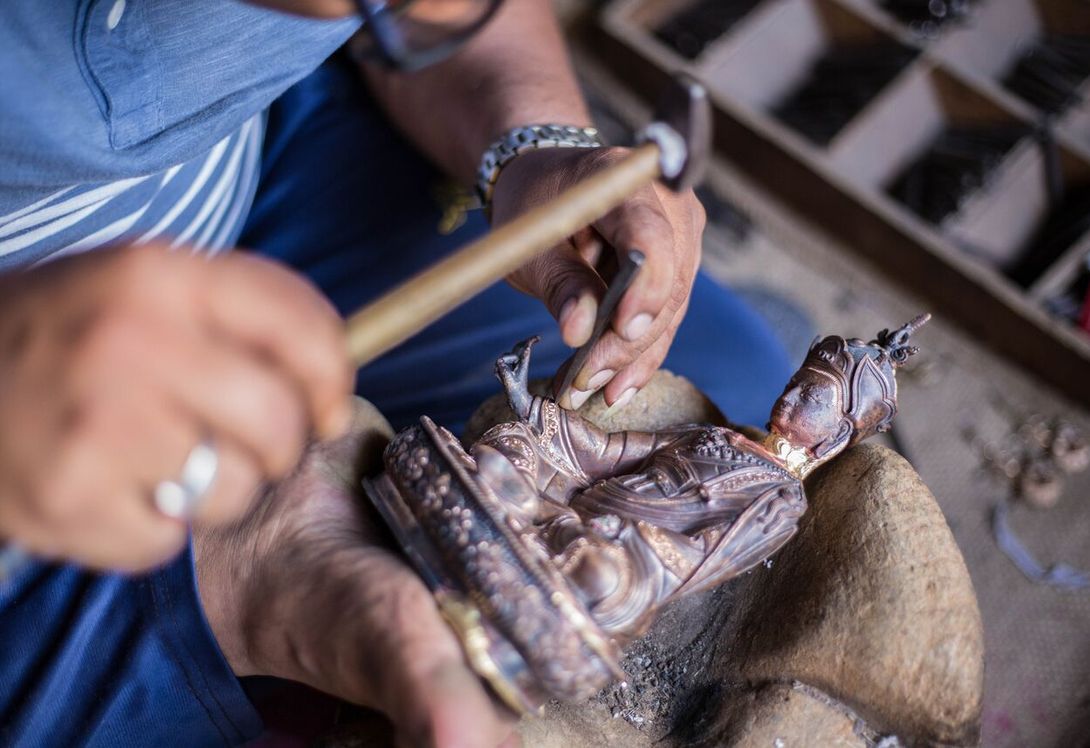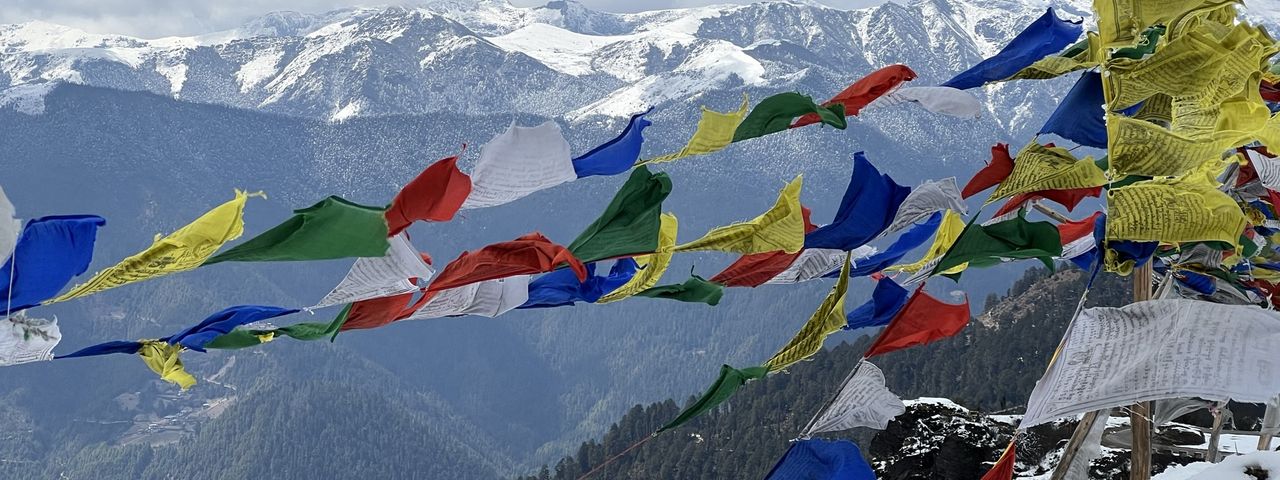Nepalese Community Homestays
Immersing yourself in the beauty and culture of Nepal can be a life-changing experience for those lucky enough to travel there, but it’s a sad fact that, currently, 97% of Nepal’s tourism income goes straight to international chains and large tourist organisations, rather than benefiting the country’s local communities.
This is why our founder, Nick, encourages everyone visiting Nepal to consider staying for a night or two at one of the villages and small towns that benefit from Nepal’s Community Homestay Network.
Why we love the Community Homestay Network
This remarkable organisation offers a blueprint for responsible, empowering development that so many other countries could learn from.
It helps travellers to support Nepali communities in places that would otherwise see few tourists. The organisation’s mentors train locals in the tourism and hospitality industry, and help them set up income streams of their own offering services such as homestays, cooking and craft classes, bike hire, and guiding.
Nearly all of the homestay businesses are owned by women, and 20% of the income from all businesses goes to a fund managed by a locally-elected committee that provides services like street lighting, scholarships and support for those in greatest need.
It’s a real win:win for the people of Nepal and those visiting.
Why you’ll love the Community Homestay Network
These homestays now cover all of the country, with plenty of options near Kathmandu and many located in remote areas that intrepid travellers may not otherwise be able to visit.
You get to travel well away from the congested tourist hotspots, immersing yourself in Nepali life, walking on trails away from the well-trodden paths, seeing sights others miss, and exploring local farms and smaller towns.
Break down barriers, spend time with Nepali families, prepare and eat home-cooked meals, and learn traditional, artisanal skills. Experience life in Nepal in a way that is both genuine and supportive.
Image gallery
Homestays near Kathmandu
Kirtipur
Just 5km from the capital, atop a ridge in the Kathmandu Valley, Kirtipur is a small town whose narrow, car-free streets contain Newari temples and a cluster of inviting homestays.
From here you can experience traditional Newari culture and food, catch views of the mountains from crowd-free viewpoints, mountain bike in the tranquil Hattiban Forest, watch the birds and sunrise at Taudaha Lake, and try your hand at writing Ranjana Lipi, the intricate script of the Newaris.
Panauti
33km south east of Kathmandu, and home to lesser-explored temples and hiking trails, this small town is flanked by rice fields. You can even try planting rice, or take part in the festivals during the planting season of June and July.
Visit the temple complex at Triveni Ghat, situated at the confluence of the Roshi and Punyamati Rivers, explore the farmland around the town, or stretch your legs further on remote hikes passing through ethnic Tamang villages on the way to Sanga and the Kathmandu Valley.
Patlekhet
For those seeking an entirely rural experience, the hills containing the small village of Patlekhet, 40km east of the capital, allow you to learn about local organic farming practices while taking in the views of the high Himalayas to the north.
Explore the rural farms and hills, visit the beehives and sample local honey, help out with the animals, and take in the splendour of the snow-capped Mount Jugal and Ganesh on the horizon. Local guides can take you on longer treks along isolated trails that lead to the sacred Buddhist site of Namo Buddha, or the artistic temples and serene views from Dulikhel.
Experiences in the ‘inaccessible’ east and west of Nepal
The west and east of Nepal remain largely unexplored by tourists due to the lack of suitable accommodation options here. However, the network of community homestays opens up the chance for adventurous travellers to explore these beautiful landscapes and traditional cultures.
In the east the CHN infrastructure facilitates travel right up to the border with Sikkim, taking in Phaplu, Pikey Peak and Junbesi. The west has plenty of options as well, with one of our favourites being staying in a treehouse stay at Bardiya National Park.





